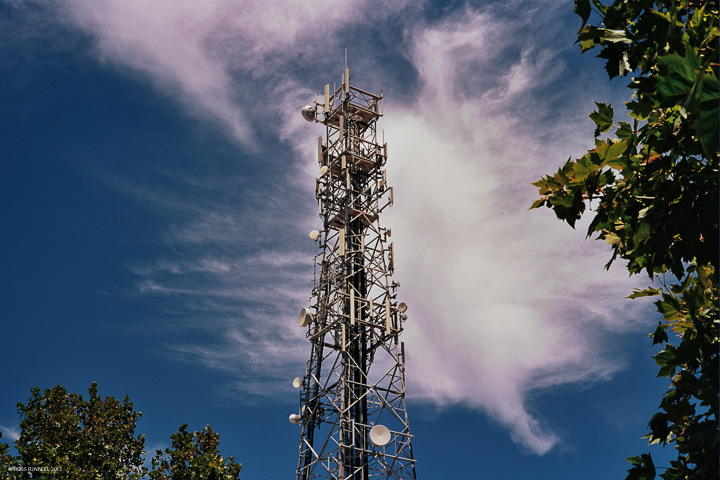
FCC proposes to maintain current radiofrequency safety standards
After studying the issue for six years, the FCC announced last week that it will maintain its existing radiofrequency exposure safety standards.
The proposal, which Chairman Ajit Pai has shared with his colleagues, “would continue to ensure the health and safety of workers and consumers of wireless technology,” according to the agency’s news release.
The announcement effectively reaffirms that 5G technology is safe, emphasizing that the United States has some of the most rigorous safety standards in the world.
5G will be dramatically — perhaps even 100 times — faster than current wireless technology, and its deployment will both strengthen the nation’s economy and improve Americans’ daily lives. A recent study estimated that it will create 3 million jobs and increase the United States’ GDP by $500 billion.
But even so, there has been a push to block 5G. This proposal refutes claims, some of which originate from deliberate disinformation campaigns, that 5G is dangerous.
The release quotes Dr. Jeffrey Shuren, director of the Food and Drug Administration’s Center for Devices and Radiological Health, who wrote that “available scientific evidence continues to not support adverse health effects in humans caused by exposures at or under the current radiofrequency energy exposure limits.”
The proposal would create rules for ensuring compliance with the standards regardless of the technology or service, which would replace the FCC’s current inconsistent guidelines. The FCC will also seek input on how to formally determine compliance with exposure standards for devices that operate at high frequencies.
Author: Bethany Patterson
Photo credit: Ref54 (Flickr)